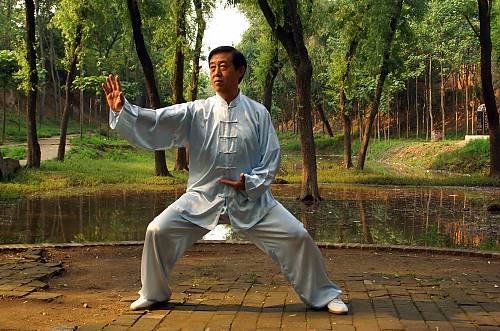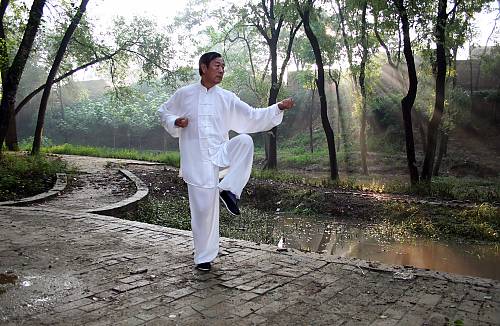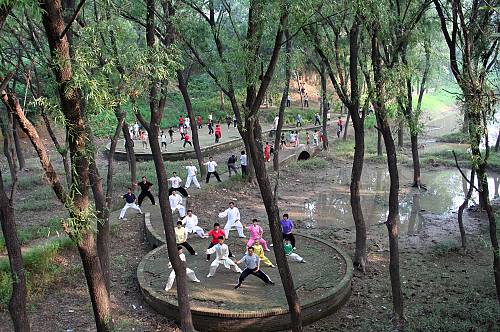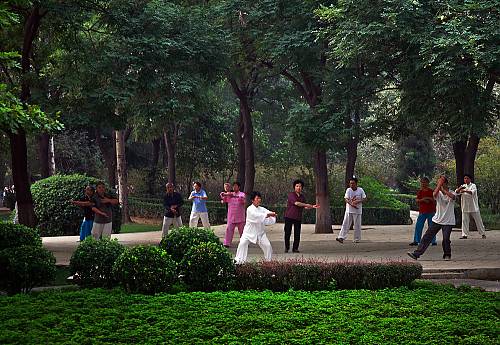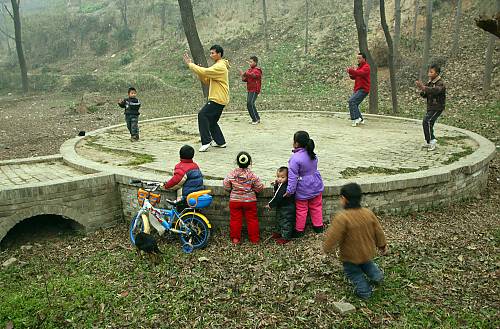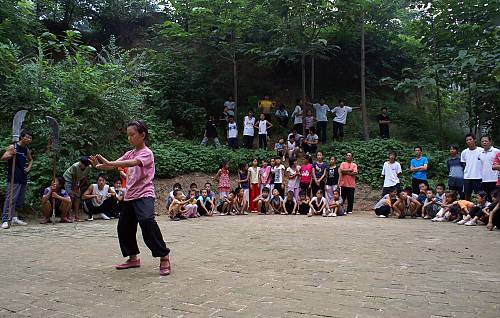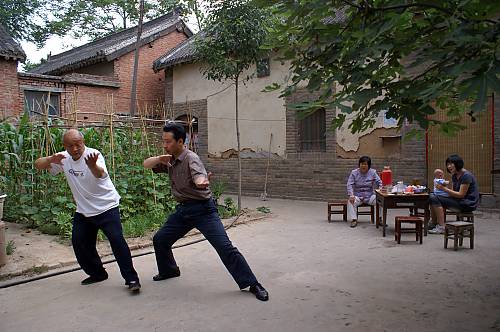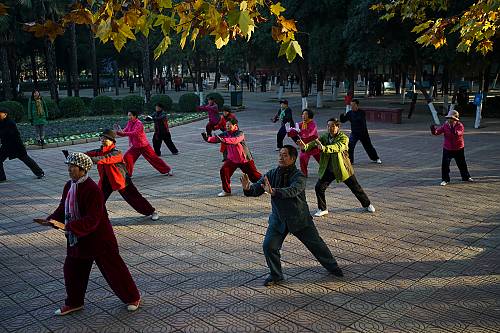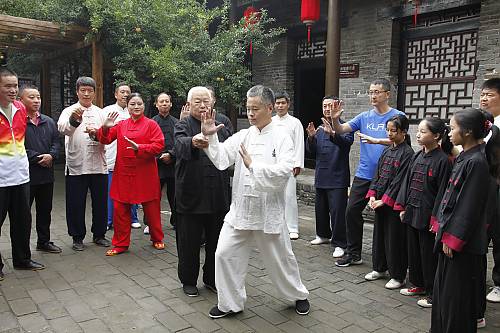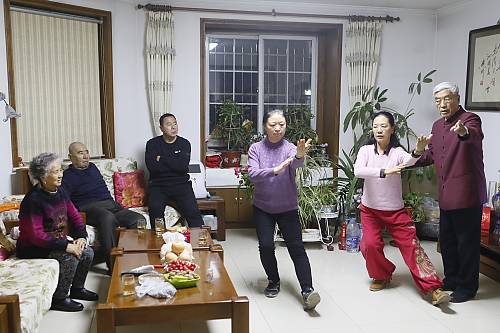Taijiquan
Inscribed in 2020 (15.COM) on the Representative List of the Intangible Cultural Heritage of Humanity

Taijiquan is a traditional physical practice characterized by relaxed, circular movements that works in concert with breath regulation and the cultivation of a righteous and neutral mind. Originating during the mid-seventeenth century in Wenxian County in the Henan Province of central China, the element is now practised throughout the country by people of all ages and by different ethnic groups. Taijiquan’s basic movements center upon wubu (five steps) and bafa (eight techniques) with a series of routines, exercises and tuishou (hand-pushing skills performed with a counterpart). Influenced by Daoist and Confucian thought and theories of traditional Chinese medicine, the element has developed into several schools (or styles) named after a clan or a master’s personal name. The element is passed down through clan-based transmission or the master-apprentice model. The latter relationship is established through the traditional ceremony of baishi. Taijiquan has also been incorporated into the formal education system. The element builds upon the yin and yang cycle and the cultural understanding of the unity of heaven and humanity. It has been disseminated through legends, proverbs and rituals, among other vehicles of expression. Safeguarding the element would increase its visibility and dialogue about the diverse ways Taijiquan is practised by different communities.
